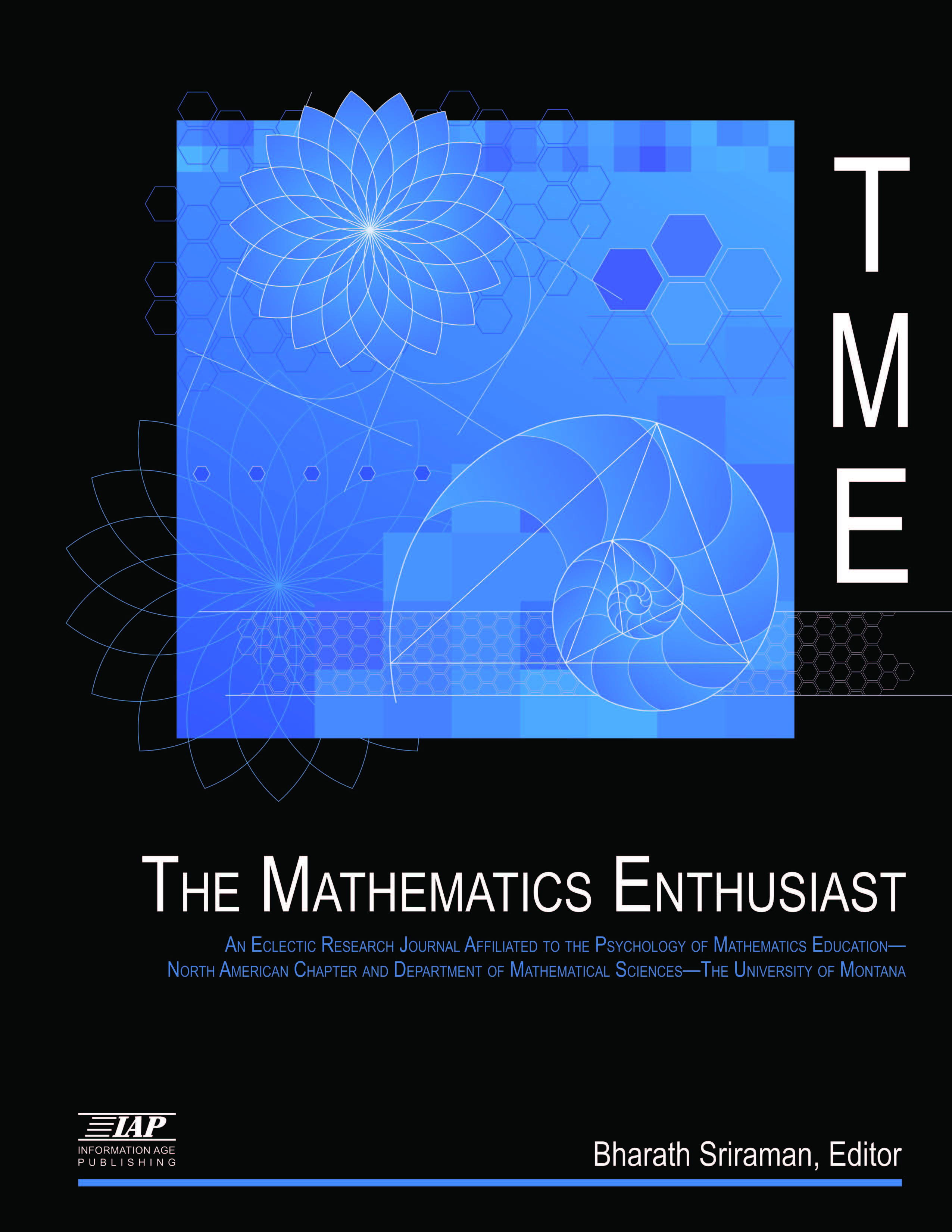
Volume
12
Issue
1-3
Abstract
The aim of this research study is to explore students’ reasoning concerning variation when they compare groups and have to interpret dispersion in terms of risk. In particular, we analyze in this paper the responses to two problems from a questionnaire administered to 82 ninth-grade students. The problems consist of choosing between two and three groups of data by comparing them. The first one composed of losses and winnings coming from a hypothetical game; the second is about medical treatments. The results show the difficulty students had in interpreting variation in a risk context. Although they identify the data group with more variation, this is not enough for interpreting the variation in terms of risk and making a rational decision. The psychological categories of risk-seeking and risk-aversion are used to explain the behavior of students who choose one group or another when they identify correctly the risk in each situation. As a conclusion, it is suggested that more risk context situations should be studied.
First Page
275
Last Page
289
Recommended Citation
Sánchez, Ernesto and Orta, Antonio
(2015)
"Levels of Reasoning of Middle School Students about Data Dispersion in Risk Contexts,"
The Mathematics Enthusiast: Vol. 12
:
No.
1
, Article 23.
DOI: https://doi.org/10.54870/1551-3440.1348
Available at:
https://scholarworks.umt.edu/tme/vol12/iss1/23
Digital Object Identifier (DOI)
10.54870/1551-3440.1348
